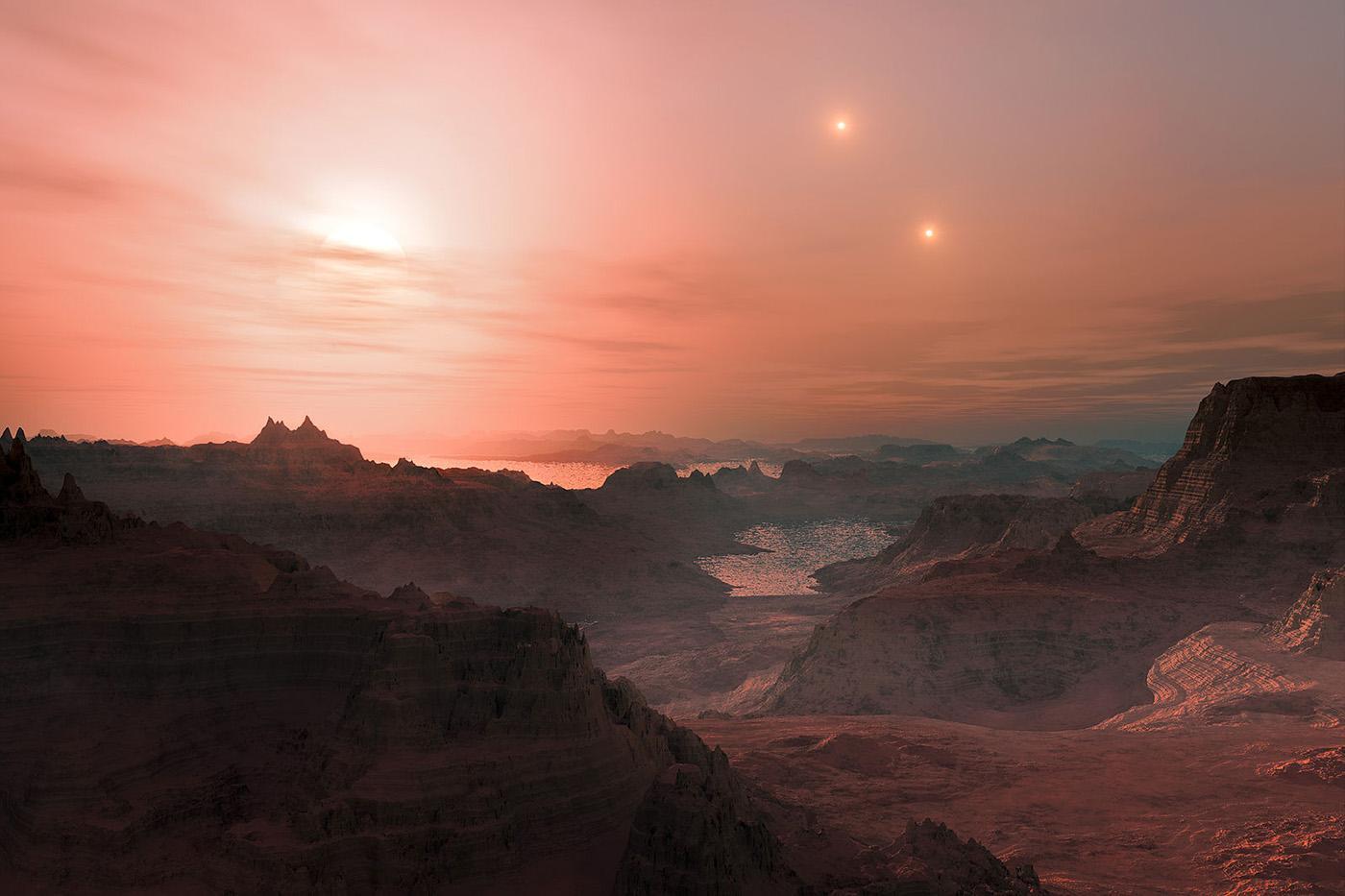
Download/View our full PDF report here.
Since ringing in the new year with the New Horizons flyby of Kuiper Belt Object 2014 MU69, researchers at the SETI Institute have been busy. They have detected microbial life in extreme environments on Earth; designed and tested instruments to be used in space, on the moon, and on Mars; processed and analyzed data to identify exoplanets; tracked meteorites and traced their origins; and so much more.
In addition to conducting world-class science, the SETI Institute is committed to fostering the next generation of scientists through its education programs such as the Airborne Astronomy Ambassadors (professional development for high school science teachers) and Girl Scouts Stars (space science badges for Girl Scouts).
Finally, as one scientist recently noted, it isn’t really science until you tell everyone about it. SETI Institute scientists write, publish, teach, speak, share, tweet, and present their discoveries in person, online, and over the airwaves every day.
Here is just a sample of what has been going on at the SETI Institute:
- 73 peer-reviewed publications on topics including:
- The nature and origin of Charon’s smooth plains (Ross Beyer and Chloe Beddingfield)
- Radio SETI observations of the interstellar object ‘Oumuamua (Jon Richards, Peter Jenniskens, Seth Shostak, Jill Tarter)
- From Planetary Quarantine to Planetary Protection (John Rummel)
- The seventh inner moon of Neptune (Mark Showalter and Robert French)
- Clues to Martian Life Found in Chilean Desert (Kimberly Warren-Rhodes and Nathalie Cabrol)
- 102 Conference Abstracts and Proceedings including:
- Limb Topography of 2014 MU69: First Results from the New Horizons Flyby at 50th Lunar and Planetary Science Conference (LPSC) (Orkan Umurhan)
- Identifying Environmental Change and Seeking Potentially Habitable Sites on Mars at Mawrth Vallis Through Correlation with Analog Expeditions on Earth at Astrobiology Science Conference (Janice Bishop, Kimberly Warren-Rhodes, and Nathalie Cabrol)
- Tracking the TESS Pipeline at American Astronomical Society Meeting (AAS) (Douglas Caldwell)
- Girl Scout Space Science badges for Daisies, Brownies and Juniors at AAS (Pamela Harman)
- Redeployable Sensor Probe for In-situ Lunar Resource Mapping from Small Landers (LPSC) (Pablo Sobron)
- 13 Technical Reports and Data Releases including:
- Reconstructing Extreme Space Weather from Planet Hosting Stars white paper submitted to Astro 2020 Decadal Survey on Astronomy and Astrophysics (Meng Jin and Paul Kalas)
- TESS Data Release Notes (Douglas Caldwell, Jeffrey Smith, and Joseph Twicken)
- The Potential Science and Engineering Value of Samples Delivered to Earth by Mars Sample Return white paper (Janice Bishop and Andy Spry)
- Popular Media Stories including:
- National Geographic: Who is Out There (Nathalie Cabrol, Laurance Doyle, Jon Richards, Seth Shostak, and Andrew Siemion)
- Wall Street Journal: A Researcher’s Hunt for Extraterrestrial Intelligence (Nathalie Cabrol)
- New York Times: Neptune Has a Newly Discovered Moon. What Else Is It Hiding? (Mark Showlater)
- New York Times: How Long Is a Day on Saturn? Astronomers Just Found Out (Matthew Tiscareno)
- CNN: How Rovers are Searching for Alien Life in the Desert (Kimberly Warren-Rhodes and Nathalie Cabrol
- Professional and Public Talks including:
- Astronomy on Tap, San Jose, CA: Airborne Astronomy Ambassadors – High School Science Teachers Onboard a NASA Flying Observatory (Dana Backman)
- Skype a Scientist: 5 talks with primary and secondary school classes (Michael Busch)
- Puerto de Ideas Science Festival, Antofagasta, Chile: Searching for Life Beyond Earth (Nathalie Cabrol)
- California Academy of Sciences, San Francisco, CA: Another Pale Blue Dot – The Search for Exoplanets (Franck Marchis)
- Chabot Space and Science Center, Oakland, CA: Women in STEAM in Space (Margaret Race)
- Contributions to Ongoing and Planned Missions including:
- ExoMars (Livio Tornabene and Pablo Sobron)
- New Horizons (Mark Showalter, Ross Beyer, Cristina Dalle Ore, Oliver White, Orkan Umurhan and Chloe Beddingfield)
- OSIRIS-Rex (John Marshall and Chloe Beddingfield)
The work of the SETI Institute belongs to all humanity. Learn more about our recent activities by downloading the full report here.





